The earthquake in Costa Rica caused serious damage, including to major national utilities such as the water network. More than 1.3 million people in San Jose depend on this system for their daily water supply. The good news though, is that the supply of this vital resource is secure, thereby saving lives and inconvenience.
Although fictional, imagine receiving this piece of good news in the midst of a disaster, as described above. What’s more. If you are an engineer like I am, imagine the Costa Rican Institute of Aqueducts and Sewers (s) (AyA or government water agency) reported that, while more than 15% of its infrastructure had been damaged extensively by this hypothetical earthquake, vital components such as water towers and pumping stations hadn’t been compromised.
Consequently, they wouldn’t be cutting off the water supply to the greater metropolitan area of San Jose, Costa Rica. In fact, I would expect to come across this kind of report in the case of a real earthquake –God forbid- if the AyA continues to develop the current process of disaster prevention. It’s an interesting institutional process which seeks, in the medium term, to reduce the seismic vulnerability of the water system after adopting an open-source initiative to calculate the risks and prevent them.<--break->
This is known in the risk management community as the Central American Probabilistic Risk Assessment Initiative or CAPRA. To get a better idea of the size of the undertaking here’re a few stats: the water and sewerage systems in San José consist of 570 km of mainlines, 2,610 km of secondary lines, 15 water treatment plants, 65 water towers, 35 active wells and 43 pumping stations, amongst other components.
The undertaking is interesting, not only from an engineering standpoint – which I’m not going to discuss here – but also because of the way it began and developed, given that its experiences contain an interesting lesson in disaster risk management. AyA, created in 1961, greatly expanded its infrastructure in the 1970s and 80s.
Today, the agency serves a population of approximately 4.3 million across the country. Costa Rica, like other Central American countries, is located in an area of significant seismic activity. Up until just two years ago, the seismic risk, that is to say the potential damage to infrastructure and its effect on the service, hadn’t been analyzed or quantified by the authorities.
As a result, no measures had been taken to mitigate possible damage. In 2010, AyA joined CAPRA, which had already been working in Central America since 2008, with the help of several international organizations, like the IDB, the UN and us. As a result, a group of engineers from the agency were trained to use the CAPRA platform and received technical advice over the course of a year.
During this time, the team used its strengthened technical capacity to conduct the study “Seismic risk assessment of water and sewage systems of the Greater Metropolitan Area, San Isidro and Iguito.” The results were surprising, not only from a technical point of view --for example, they showed that the water towers are the most vulnerable components of the system. But principally they were surprising because they led to institutional decisions to incorporate disaster risk management into their plans and organization.
Both the institute’s managers and technicians endorse the study and trust it completely. They are familiar with its hypotheses and understand its scope and limitations. They are now more aware of the challenge they face for reducing the seismic vulnerability of the system.And perhaps most importantly: they have decided to develop a risk-management plan for the medium and long term. Currently, the AyA has the capacity to improve studies and implement those plans.
The AyA experience epitomizes what CAPRA is and what it strives to do: to strengthen governments’ capacity to generate and integrate disaster-risk information into development policies and programs.
This means incorporating security criteria into programs and investments in sectors such as health, education, water and sanitation and transportation amongst others.
This means that even if disasters do occur in the future, service facilities will continue in operation to save and protect the lives of citizens. This is true not only for Central America, but also, we trust, for the rest of the world. CAPRA began in Central America and has later expanded to South America and the Caribbean and has recently launched activities in south Asia. CAPRA is the world’s first open, free probabilistic risk assessment.
I invite you to learn more about this initiative at www.ecapra.org and join our network of users.
